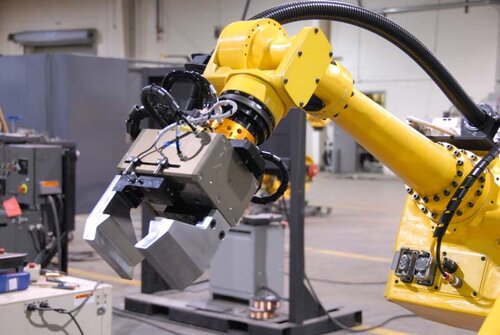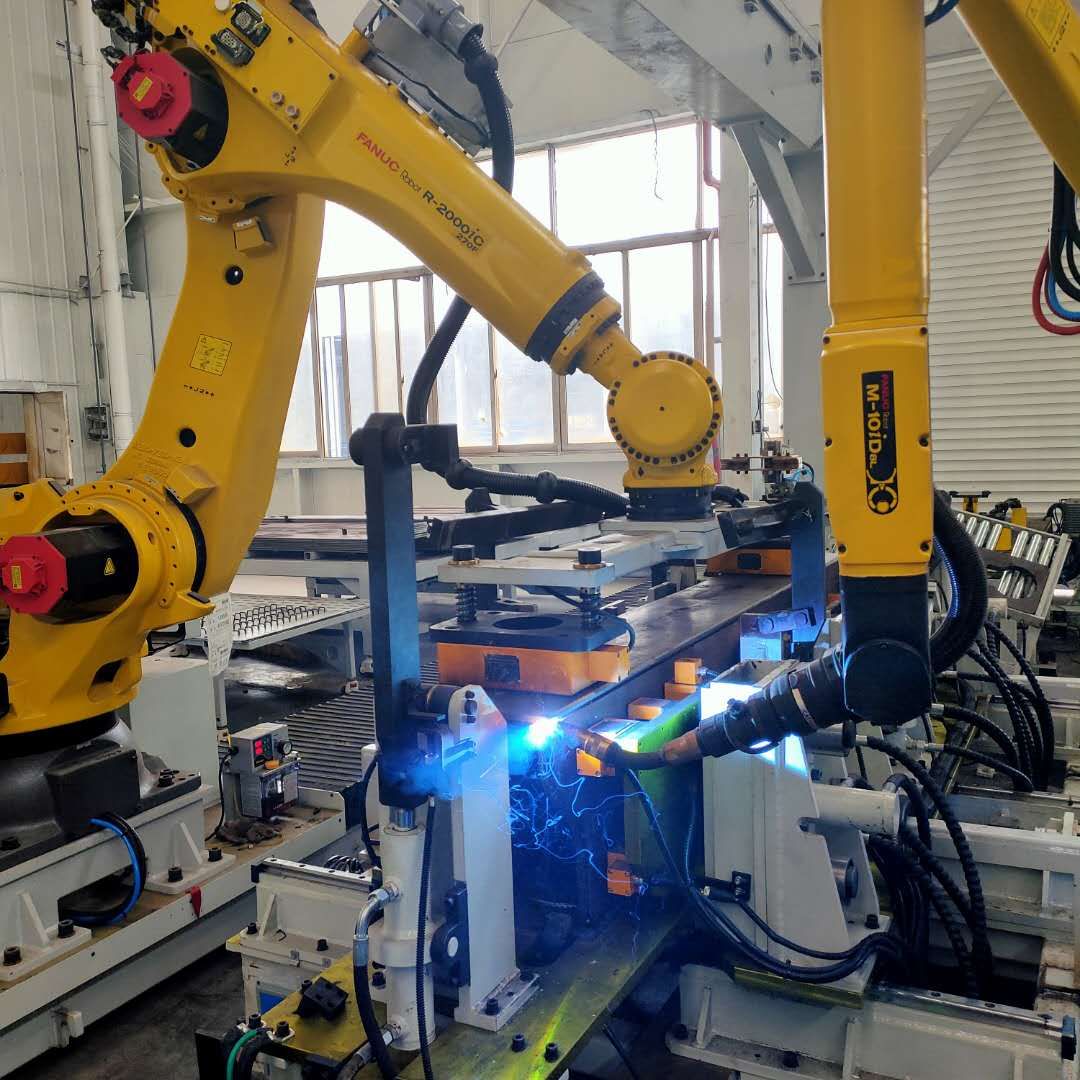
What Types Of Grippers Are The Most Common Effectors?
February 12, 2023Robotic technology is advancing daily, with new and improved robotic systems being developed to automate processes. One of the essential components of a robotic system is its effectors, devices that allow the robot to interact with its environment to perform tasks.
Out of all types of effectors, grippers are the most versatile and commonly used; they can be used in applications ranging from industrial automation to inspection and manipulation of objects. This article will explore some of the different types of grippers available so you can determine which type would best suit your needs.
Table of Contents
What Are Grippers, And What Are Their Purposes?
Grippers are used in many fields, such as robotics and consumer products, to fulfill various functions. Generally speaking, they are designed to securely grab things – from clothespins to robot parts – while in motion. Moreover, some grippers can be constructed with sensors and control systems to allow the robot arm or product to hit the right amount of force when grabbing something.
It allows it to move or shape objects with a mastery not achievable by human hands alone. Grippers represent an exciting development in technology that has broadened the potential application possibilities for existing and new mechanical components.
The Most Common Types Of Grippers
The pneumatic gripper is the most common type of effector used in robotics, as it can be operated quickly and accurately. It works by using air pressure to open and close its jaws, allowing it to grip objects securely with minimal effort. Pneumatic grippers are particularly useful for applications where speed and precision are required.
Another popular type of robotic gripper is the parallel jaw gripper, which consists of two pins squeezed together by an actuator. It produces a solid gripping force that can securely handle delicate and heavy materials; they’re also easy to maintain and reliable.
The vacuum suction cup is another prevalent effector that relies on air pressure to hold objects in place. This effector creates a vacuum with an air pump that sucks the object into a cup-like structure, which can then be gripped and manipulated. Vacuum suction cups are increasingly used in industrial automation to pick up and move items quickly and accurately.
The last type of gripper we will discuss is the force-sensing gripper, which uses specialized sensors to measure the force it applies when gripping something. It allows the robotic arm to grab and manipulate objects with greater precision and accuracy than pneumatic or parallel jaw grippers.
Tips On Choosing The Right Type Of Gripper For Your Needs
When choosing a type of gripper, it’s essential to consider the following:
- The types of materials you’ll be handling
- The degree of accuracy required
- The amount of force necessary to grip the object securely.
It’s also wise to consider any other requirements that may arise during operation, such as noise levels or how long the gripper needs to last. Additionally, research each type of gripper and its capabilities thoroughly before making your selection. It will help you select the suitable effector for your intended application or project.

Examples Of How Each Type Of Gripper Can Be Used In Various Applications
Pneumatic grippers can be used for various applications, such as material handling and assembly line automation. Their high accuracy makes them especially suitable for picking up small parts and assembling components precisely. They are also commonly used in printing presses and packaging machines.
Parallel jaw grippers can be utilized in many industrial settings thanks to their solid gripping force; they are often seen in automated manufacturing processes that involve heavy machinery or lifting significant components. They are also suitable for tasks involving accurately moving large objects or those requiring a significant amount of torque.
Vacuum suction cups are ideal for applications where speed is critical since they offer the ability to pick up an item with minimal effort. They are commonly used in logistics, warehousing, and food handling.
Finally, force-sensing grippers are great for tasks requiring a delicate touch; they can be used to pick up fragile items or manipulate objects precisely. Examples include medical robotics, camera stabilization systems, and robotic surgical tools.
In Conclusion
The right type of gripper depends on your application or project needs. Pneumatic grippers offer a high degree of precision while parallel jaw grippers provide solid gripping power; vacuum suction cups allow for rapid pick-up and maneuvering; and force-sensing grippers are ideal for controlled manipulation of delicate items.












